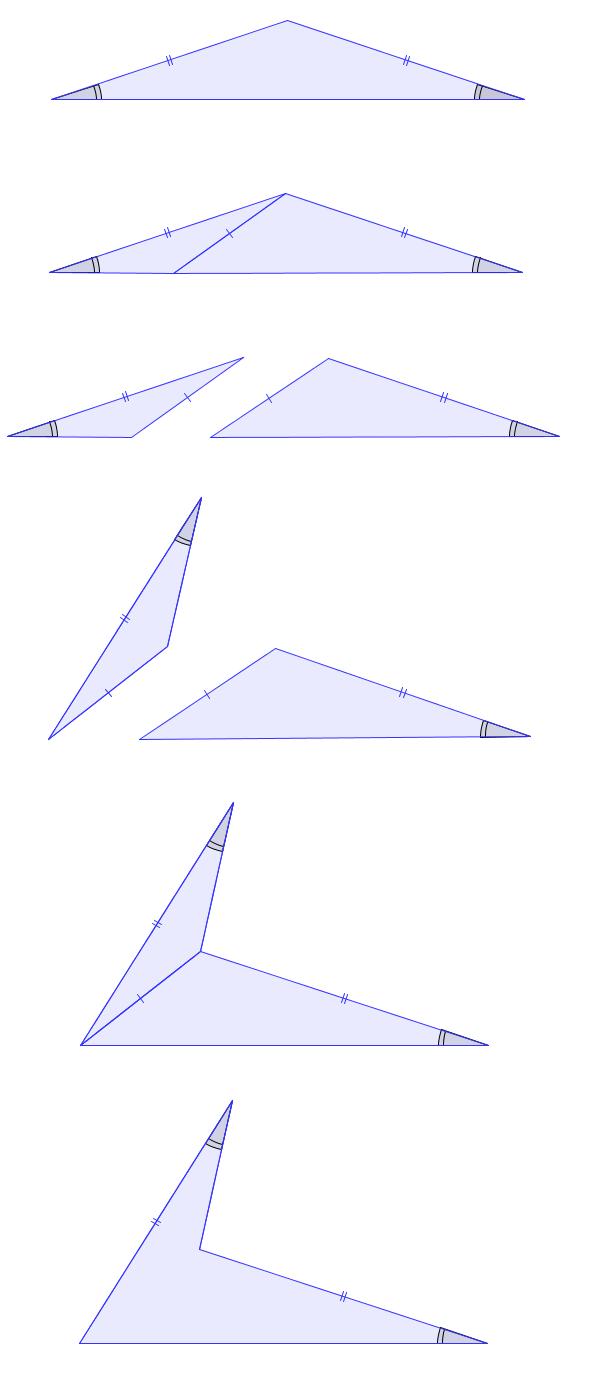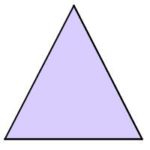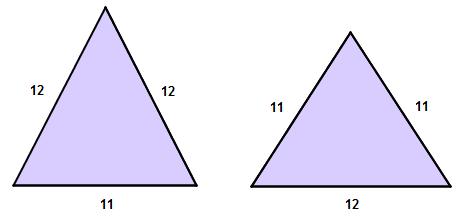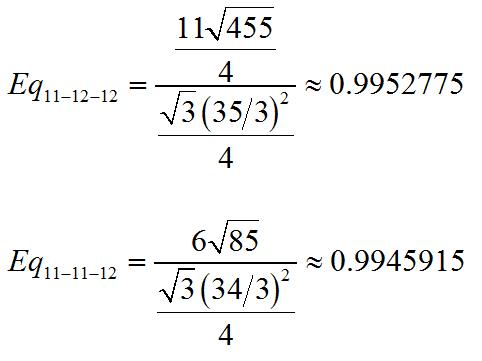 For the fashion-conscious and number-conscious, we have this stylish silver necklace made from the first hundred of so digits of pi. If you have any mathemagicians on your holiday shopping list, you’re welcome. Unfortunately I didn’t have much luck ordering one, as my Japanese is pretty rusty.
For the fashion-conscious and number-conscious, we have this stylish silver necklace made from the first hundred of so digits of pi. If you have any mathemagicians on your holiday shopping list, you’re welcome. Unfortunately I didn’t have much luck ordering one, as my Japanese is pretty rusty.
I’m actually considering the question “Find a circle whose circumference is pi” for an upcoming exam, just so I could show this as the answer.
Oddly enough, this isn’t even my favorite pi-themed necklace!




